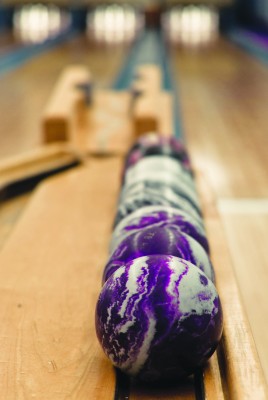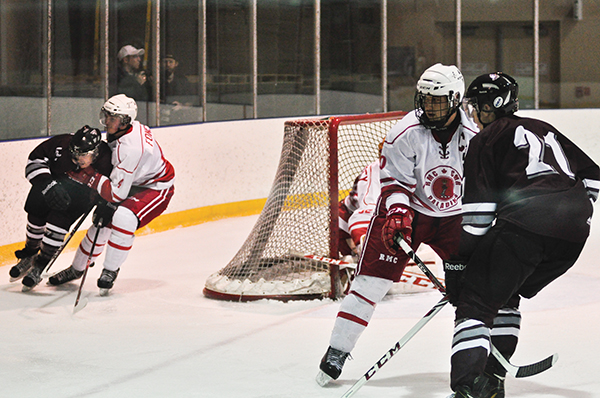Forty years after the United States Senate approved Title IX—an act proposing systemic sex-related and gender equity—the Olympics have hinted at cutting men’s canoe to maintain said equity.
Funding can be the biggest obstacle facing athletes seeking to compete on the national and international level, steps necessary to reach the Olympics. In Canada, the recognition of Sport Canada continues to be an essential part of achieving success in any sport. 2013 marked the 10th anniversary of the first-ever Women’s Canoe Exhibition event at the International Canoe Federation (ICF) World Championships.
Sprint canoe consists of four disciplines: men’s and women’s canoe and men’s and women’s kayak. “All sprint canoeing is represented at the Olympic level except for the women’s canoe,” explained fourth-year communications U of O student Taylor Potts. Canoe, which is undertaken by either one or two athletes, each respectively called C-1 and C-2, is performed on one knee paddling on one side of the canoe with a single oar.
Fifth-year McGill University English student Maria Halavrezos, Potts’ partner in C-2 competitions, is also involved in the women’s canoe scene. She said between 2009, when she competed at an exhibition event in Nova Scotia, and this year, participation in women’s canoe had grown drastically.
“Where there were less than nine lanes filled before and Canada would sweep events, now there are more than 12 and Canada is struggling to get to the podium,” she said.
Potts and Halavrezos fundraise in order to compete at their competitions despite their continued success reaching the podium. The women’s canoe campaign, which began in August, was able to reach 270 per cent of its campaign goal within a week of its launch, largely due to community support.
Internationally, a proposed solution to solving gender inequality in canoeing at the Olympics is to terminate the sport altogether.
“Some countries have stopped practising canoeing altogether as a response,” said Potts.
This consequence seems contrary to the very function of the Olympics—to highlight athletic excellence. It also leaves more than just women’s canoeing in the dark. Canada not supporting women’s canoe seems like a missed chance to not only create more opportunity for women at large, but also to acquire more gold medals at the Olympics.
There are about 36 countries currently competing and developing women’s canoe, but progression has stalled due to the threat of cuts at the Olympic level in the men’s division, a blow that would be catastrophic to the sport’s progression. Until women’s canoe achieves Olympic status, women canoeists will be denied the environment for success that their teammates enjoy.
“I think women’s canoeing should be an Olympic sport because that would present a real challenge for women,” said Halavrezos. “I think that if women want that challenge, they should also have the opportunity.”





